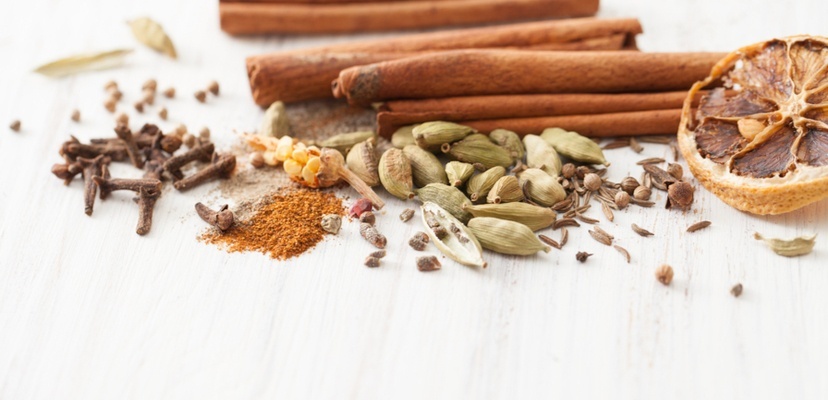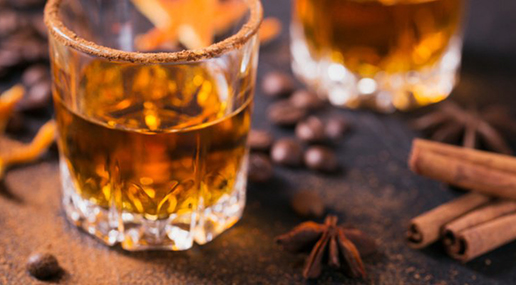As a craft distiller, you have the opportunity to be an alchemist of flavor, creating truly unique qualities in every batch. There are no rules to how a certain spirit has to taste—only time-honored traditions that set the standard for evaluating quality.
But to stand out as a distiller, many look for ways to offer distinct sipping experiences for drinkers that would like a complement to culinary pursuits, or an unorthodox diversion from traditional beverages.
There may be ways for your already-excellent spirit to catch the sensory attention of new tasters and taste-makers alike. Infusing your spirit with flavor essence or botanicals can give extra depth, appealing to those that are new to a drink—or convert the old fogies that think they’ve already found their favorites.
The winners of ADI’s 2018 craft spirit awards showed that both judges and drinkers are infatuated with flavors that offer that little extra je n’ais se quoi, from New Deal Distillery’s Pear Brandy, to Baldwin Distilling’s Apple Pie Moonshine, or Tattersall’s Sour Cherry Liqueur. Their recipes are sure to be well-guarded secrets, but we can share the basics of what we know about mixing and matching tastes for the liquor and liqueur connoisseurs that we serve.
Proof 33’s Introduction to Craft Spirit Flavors
Moonshine a Light on Flavor
For neutral spirits like moonshine or vodka, any added flavor will be more noticeable, but also safer to choose, because it’s hard to make a flavor faux pas when the starting taste point is subtle.
Balancing high-proof spirit profiles with a punch of flavor can ease the drinking experience. Changing up the status quo can also help brands target a niche of drinkers looking for a special occasion beverage, a dessert mixer, or a novel and refreshing taste to test.
- Fruity flavors often serve light liquors best
- Blueberry is a favorite pairing with vodka
- Tea + lemon à la Arnold Palmer make a down-home moonshine classic
In-Gin-ious Herbs, Fruits, and Spices
For distinctive spirits like gin, herbaceous botanicals are often paired with this Prohibition-era preference. Common herbal additions to gin apart from juniper include:
The resulting harmony of cool and refreshing can get as far away from traditional as you’d like to venture.
Heavier spirits with strong native flavor profiles, like rum and liqueur, can take a stronger hit of more dominant flavors.
- For liqueur, try elderberry, or coffee + cardamom.
- For pre-mixed drinks, honey + chamomile flavors can make for a healing whiskey-based hot toddy.
Botanicals vs. Essence

When deciding on whether you want to pick botanicals or flavor essence for your batch, you’ll need to consider flavor intensity and potency. Adding botanicals creates a more delicate flavor, and is often a more fine-tuned craft than adding flavor essence.
Steeping loose botanical particles in spirits causes them to release essential oils to create light, subtle flavor profiles. These are added to your spirit base liquid prior to distillation.
In gin and neutral spirits, botanicals are often added to a gin basket or a pot (or a combination of the two) so that both the vapor and the extraction from steeping impart flavor to the spirit. An initial filtration may be needed before distillation, and again after to filter out residue and particles of your botanicals.
Oak chips and barrels are commonly used in the aging process of whiskeys. Other loose chips or particles you can add during the aging process include:
- Cinnamon chips
- Spice powder
- Dried berries like elderberries or rose hips
- Seeds like coriander or cardamom
- Dried fruit like orange or lemon peel
- Grapefruit peel (which imparts a bitter orange taste
Powdered particles give your spirit a stronger flavor, while whole dried fruits will be more subtle. Experiment with small samples before testing whole batches. Take care to explore the consistency of your additive as well, as extra filtration may be needed to remove excess texture and syrup from some fruits.
Essence, on the other hand, can be added to the spirit after the aging, distillation, and filtration processes. The benefit of flavor essence, while not considered as much of a craft as using botanicals, is that you may get a more intense result, which can be desired when producing liqueurs or spirits that already have a powerful flavor base.
The amount needed varies based on the brand and flavor, so it’s advisable to always follow the manufacturer’s recommendations—testing the results in a mini batch is still highly encouraged. Always adjust your spirit’s pH levels according to the manufacturer’s recommendations after adding.
For essences, as well as botanicals, quality matters! Always ask for access to spec sheets, SDS, and Flavor Ingredient Data Sheets.
Ready to create your own award-winning spirit? Explore our spice rack of essences and flavors to get started!




